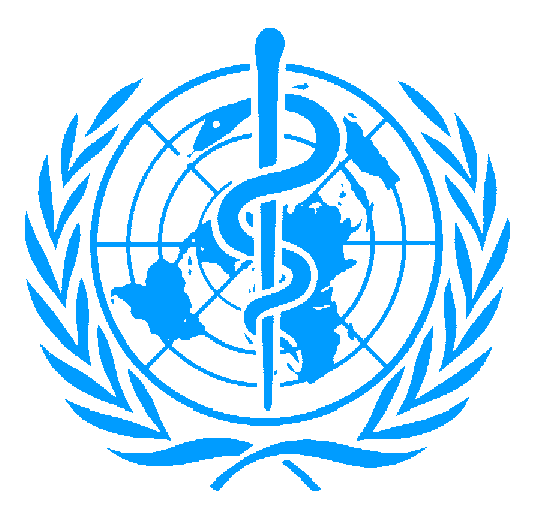The global cellulose acetate market is predicted to reach 820.04 thousand tons by 2024, ‘driven by the increasing consumption of cigarettes in developing nations and growth in the textile industry’, according to a press note from Hexa Research issued through PR Newswire.
The ‘growing use of cellulose acetate tow in … cigarettes’ was expected to boost the market for cellulose acetate, the note said.
The Asia Pacific region had dominated the global cellulose acetate market in 2016 with a share of 51.79 percent, and it was expected to maintain its dominance over the forecast period.
The region was projected to continue its dominance due to the prevailing cigarette consumption rate in countries such as Indonesia and China.
At the same time, rising awareness of the ill effects of smoking and growth in demand for electronic cigarettes were expected to slow demand for cellulose acetate tow in North America and Europe.
According to Hexa, cellulose acetate is used in many sectors and applications, such as textiles and apparel, cigarette filters, tapes and labels, photographic films, and extrusion and molding.
But cigarette filters comprise the largest application by segment accounting for about 80 percent of the market in 2016.
The cigarette-filter segment was expected to dominate the market over the forecast period owing to increasing demand for low tar filters worldwide, Hexa estimated.
The research can be browsed at: https://www.hexaresearch.com/research-report/cellulose-acetate-market.






 The number of deaths attributed to smoking during 2015, at more than 6.4 million, was 4.7 percent up on that of 1990, according to a story in the Korea Herald, citing a Global Burden of Disease report.
The number of deaths attributed to smoking during 2015, at more than 6.4 million, was 4.7 percent up on that of 1990, according to a story in the Korea Herald, citing a Global Burden of Disease report.
